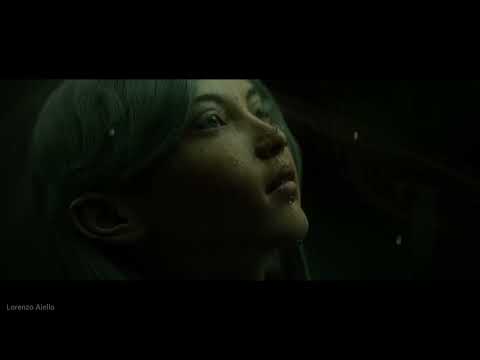(https://quackers.gumroad.com/l/classic_modifier_menu)
Here you go
IIRC The reason is that old layout is getting cluttered. It least the modifier is searchable now, which I think is a great improvement.
It’s just a muscle memory issue for me, keep hitting S after Shift + A.























Is this gonna be equivalent of ESLint + Prettier but in one performant package?